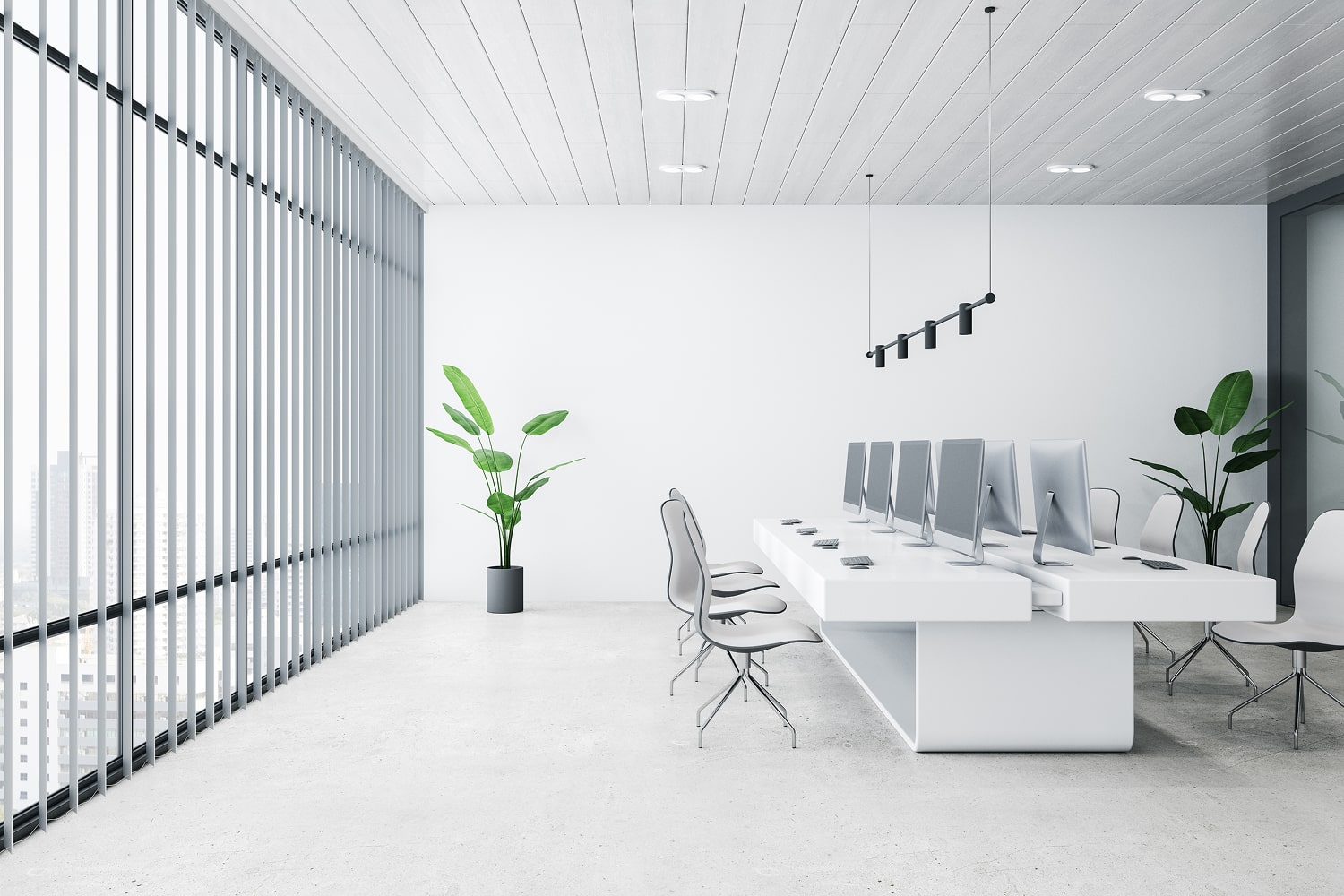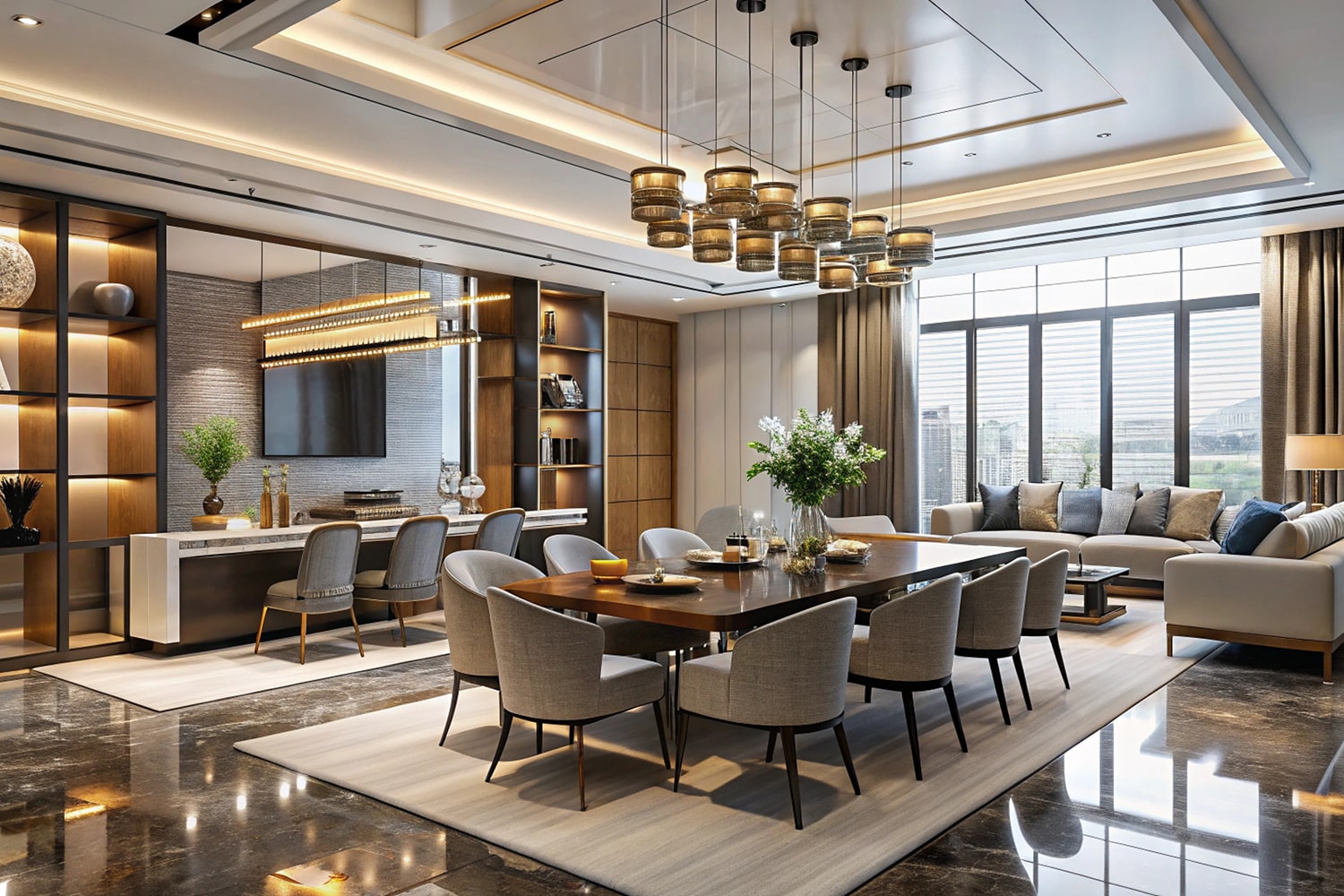
Design in Details
Considering the physical, mental, and emotional needs of people, interior designers use human-centered approaches to address how we live today. Creating novel approaches to promoting health, safety, and welfare, contemporary interiors are increasingly inspired by biophilia as a holistic approach to promoting health, safety, and welfare, contemporary interiors are increasingly inspired by biophilia as a holistic approach to design. By definition, interior design encompasses diverse aspects of our environment. The discipline extends to building materials and finishes; casework, furniture.
- Open Living Spaces: Creating open-plan living areas to enhance the flow and connection between indoor and outdoor spaces.
- Natural Materials: Using reclaimed wood, stone, and natural fibers to evoke a sense of harmony with the surrounding environment.
- Large Windows: Installing floor-to-ceiling windows to maximize natural light and provide unobstructed ocean views.
- Outdoor Living: Designing extensive outdoor areas, including a deck, pool, and garden, for relaxation and entertaining.
- Modern Amenities: Incorporating state-of-the-art kitchen appliances, smart home technology, and luxurious bathroom fixtures.
Incredible Result
Establishing multi-sensory experiences, we can design interiors that resonate across ages and demographics. These rooms and spaces connects us to nature as a proven way to inspire us, boost our productivity, and create greater well-being. Beyond these benefits, by reducing stress and enhancing creativity, we can also expedite healing. In our increasingly urbanized cities, biophilia advocates a more humanistic approach to design. The result is biophilic interiors that celebrate how we live, work and learn with nature. The term translates to ‘the love of living things’ in ancient Greek (philia = the love of / inclination towards), and was used by German-born American psychoanalyst Erich Fromm in The Anatomy of Human Destru ctiveness (1973).















